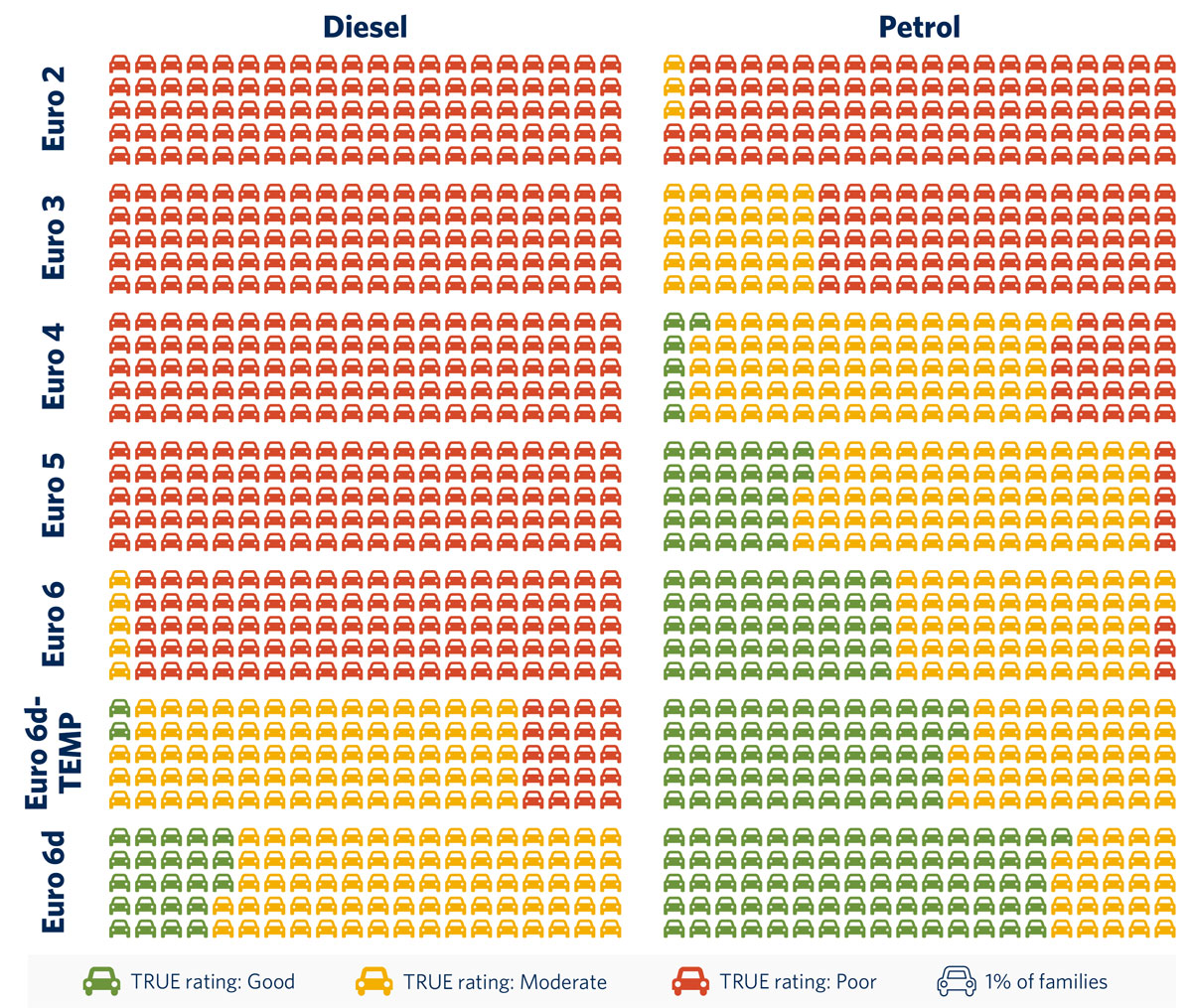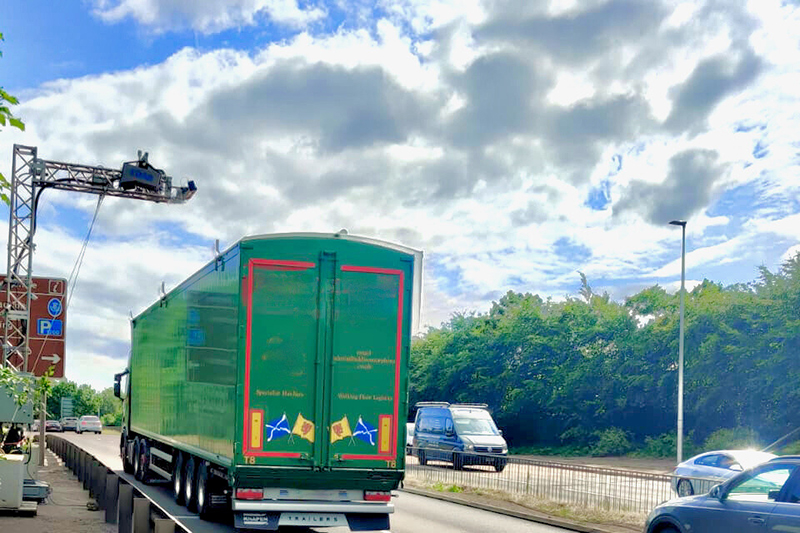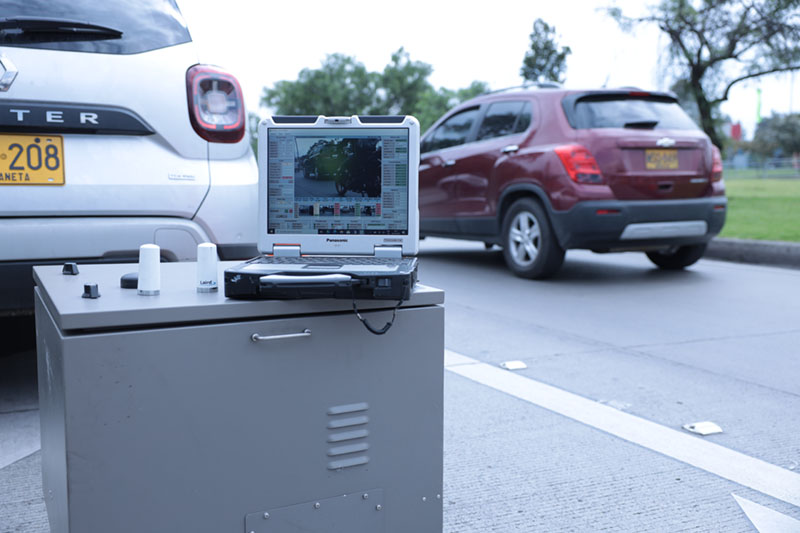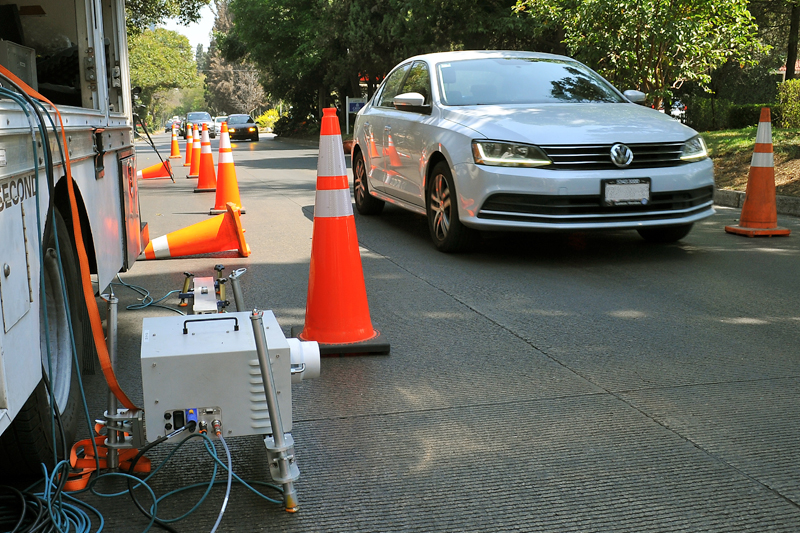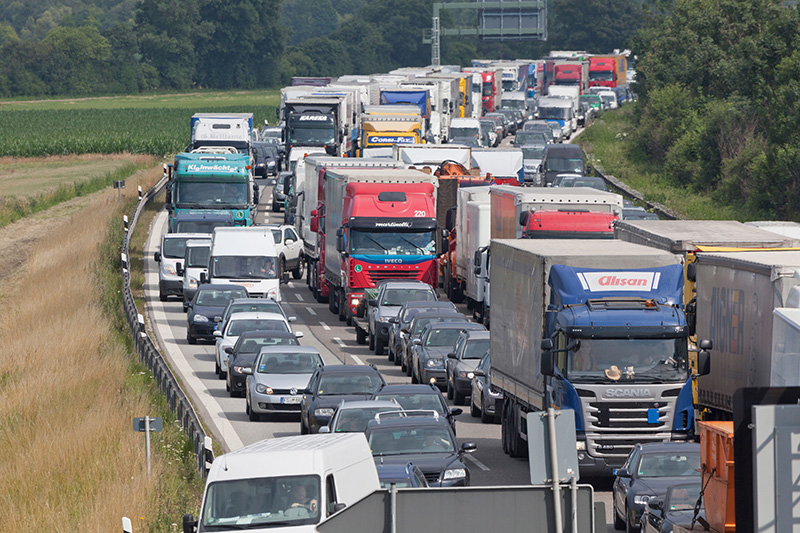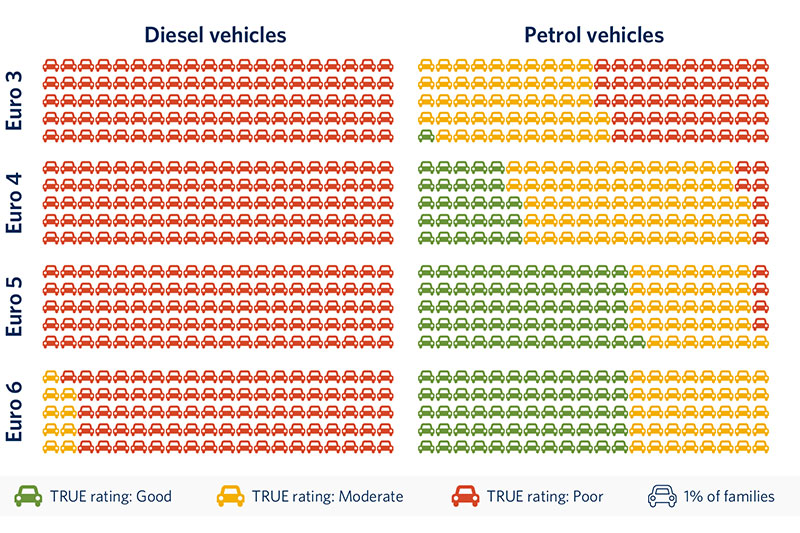TRUE vehicle emissions updates reveal new information on hundreds of European passenger cars
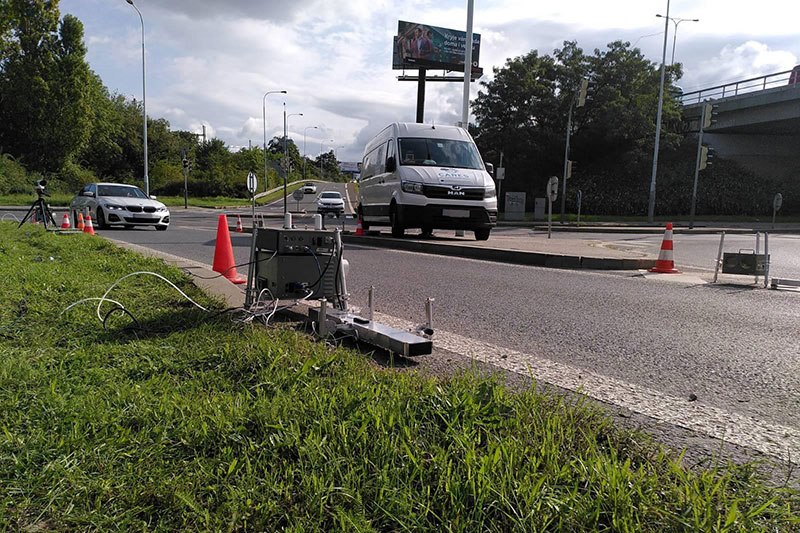
The TRUE vehicle rating system received its fifth update, revealing to consumers new information on the emissions of hundreds of passenger cars.
With the most recent update, the TRUE vehicle rating database now contains 1,157 vehicle families, covering 6,640 models and supported by over 1.6 million records. The data incorporates vehicle exhaust emissions collected between late 2021 and 2023 in cities across Europe. The new data provides consumers with information on the real-world NOx emissions from passenger cars and also reveals emissions of vehicles type-approved to the Euro 6d emissions standard.
Key takeaways on the updated rating include:
- Most Euro 5 and Euro 6 diesel vehicle families still have a ‘poor’ TRUE rating, which is largely unchanged despite the series of emission software fixes in the aftermath of Dieselgate;
- Most Euro 6d-TEMP diesel vehicles rate as ‘moderate’ emitters, 20% were ‘poor’ emitters;
- For the first time a small number of Euro 6d-TEMP diesel vehicles (2%) were ranked by the TRUE rating system as ‘good’ emitters;
- Some improvement with Euro 6d diesel vehicles showing ‘moderate’ emissions for over 80% of families, and almost 20% with good levels;
- Petrol 6d vehicles demonstrate the best performance, with over 80% of families showing ‘good’ emission ratings and the rest as ‘moderate’.
The tightening of the on-road limit from Euro 6d-TEMP to 6d likely explains the improvement in the rating for most modern vehicles. The new Euro 6e stage will apply to all new vehicles starting September 2024. While 6d vehicles can still emit 1.43 times the Euro 6 laboratory limit on the road, the Euro 6e regulation reduces the on-road margin down to 10%, which is expected to drive some improvements.
Looking forward, the Euro 7 regulation for light-duty vehicles, expected around 2027, is not predicted to produce a significant NOx reduction. Euro 7 will keep the same limits as Euro 6, which are 33% higher for diesel NOx emissions compared to petrol cars.
The new emissions data came from two sources – vehicles were measured as part of the H2020 CARES project and Air Remote Sensing Project for Transport Scotland. The H2020 CARES project drew data from Milan, Krakow, and Prague, while the Transport Scotland project data came from Aberdeen, Dundee, Edinburgh, and Glasgow through a Consortium grouping of the International Council on Clean Transportation, Hager Environmental & Atmospheric Technologies (HEAT), and Environmental Resources Management (ERM).
Yoann Bernard, programme lead at the International Council on Clean Transportation, said, “Despite improvements, modern diesel vehicles still lag behind petrol vehicles in urban NOx emissions. The weakened Euro 7 standards, significantly less stringent than the European Commission's original proposal, offer little hope for future significant advancements in internal combustion technology for cars and vans in Europe. Enforcing current regulations to address excess emissions from existing vehicles and accelerating the electrification of the fleet are paramount for driving cleaner air in cities.”
The TRUE Initiative will continue to report emissions from in-use vehicles to inform policymakers and the public of the real-world impact of transportation on urban air quality.
(Main photo credit: CARES Project)
